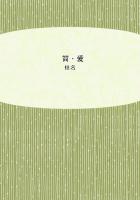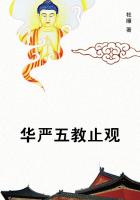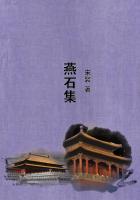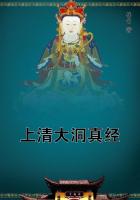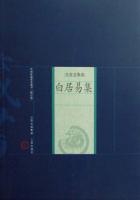And light is incorporeal even when it is the light of a body;there is therefore no question, strictly speaking, of its withdrawal or of its being present- these terms do not apply to its modes- and its essential existence is to be an activity.As an example: the image upon a mirror may be described as an activity exercised by the reflected object upon the potential recipient: there is no outgoing from the object [or ingoing into the reflecting body]; it is simply that, as long as the object stands there, the image also is visible, in the form of colour shaped to a certain pattern, and when the object is not there, the reflecting surface no longer holds what it held when the conditions were favourable.
So it is with the soul considered as the activity of another and prior soul: as long as that prior retains its place, its next, which is its activity, abides.
But what of a soul which is not an activity but the derivative of an activity- as we maintained the life-principle domiciled in the body to be- is its presence similar to that of the light caught and held in material things?
No; for in those things the colour is due to an actual intermixture of the active element [the light being alloyed with Matter]; whereas the life-principle of the body is something that holds from another soul closely present to it.
But when the body perishes- by the fact that nothing without part in soul can continue in being- when the body is perishing, no longer supported by that primal life-giving soul, or by the presence of any secondary phase of it, it is clear that the life-principle can no longer remain; but does this mean that the life perishes?
No; not even it; for it, too, is an image of that first out-shining; it is merely no longer where it was.
8.Imagine that beyond the heavenly system there existed some solid mass, and that from this sphere there was directed to it a vision utterly unimpeded and unrestricted: it is a question whether that solid form could be perceived by what has no sympathetic relation with it, since we have held that sympathetic relation comes about in virtue of the nature inherent in some one living being.
Obviously, if the sympathetic relationship depends upon the fact that percipients and things perceived are all members of one living being, no acts of perception could take place: that far body could be known only if it were a member of this living universe of ours-which condition being met, it certainly would be.But what if, without being thus in membership, it were a corporeal entity, exhibiting light and colour and the qualities by which we perceive things, and belonging to the same ideal category as the organ of vision?
If our supposition [of perception by sympathy] is true, there would still be no perception- though we may be told that the hypothesis is clearly untenable since there is absurdity in supposing that sight can fail in grasping an illuminated object lying before it, and that the other senses in the presence of their particular objects remain unresponsive.
[The following passage, to nearly the end, is offered tentatively as a possible help to the interpretation of an obscure and corrupt place.]
[But why does such a failing appear impossible to us? We answer, because here and now in all the act and experience of our senses, we are within a unity, and members of it.What the conditions would be otherwise, remains to be considered: if living sympathy suffices the theory is established; if not, there are other considerations to support it.
That every living being is self-sensitive allows of no doubt; if the universe is a living being, no more need be said; and what is true of the total must be true of the members, as inbound in that one life.
But what if we are invited to accept the theory of knowledge by likeness (rejecting knowledge by the self-sensitiveness of a living unity)?
Awareness must be determined by the nature and character of the living being in which it occurs; perception, then, means that the likeness demanded by the hypothesis is within this self-identical living being (and not in the object)- for the organ by which the perception takes place is in the likeness of the living being (is merely the agent adequately expressing the nature of the living being): thus perception is reduced to a mental awareness by means of organs akin to the object.
If, then, something that is a living whole perceives not its own content but things like to its content, it must perceive them under the conditions of that living whole; this means that, in so far as it has perception, the objects appear not as its content but as related to its content.
And the objects are thus perceived as related because the mind itself has related them in order to make them amenable to its handling: in other words the causative soul or mind in that other sphere is utterly alien, and the things there, supposed to be related to the content of this living whole, can be nothing to our minds.]
This absurdity shows that the hypothesis contains a contradiction which naturally leads to untenable results.In fact, under one and the same heading, it presents mind and no mind, it makes things kin and no kin, it confuses similar and dissimilar:
containing these irreconcilable elements, it amounts to no hypothesis at all.At one and the same moment it postulates and denies a soul, it tells of an All that is partial, of a something which is at once distinct and not distinct, of a nothingness which is no nothingness, of a complete thing that is incomplete: the hypothesis therefore must be dismissed; no deduction is possible where a thesis cancels its own propositions.
SIXTH TRACTATE.
PERCEPTION AND MEMORY.
1.Perceptions are no imprints, we have said, are not to be thought of as seal-impressions on soul or mind: accepting this statement, there is one theory of memory which must be definitely rejected.

